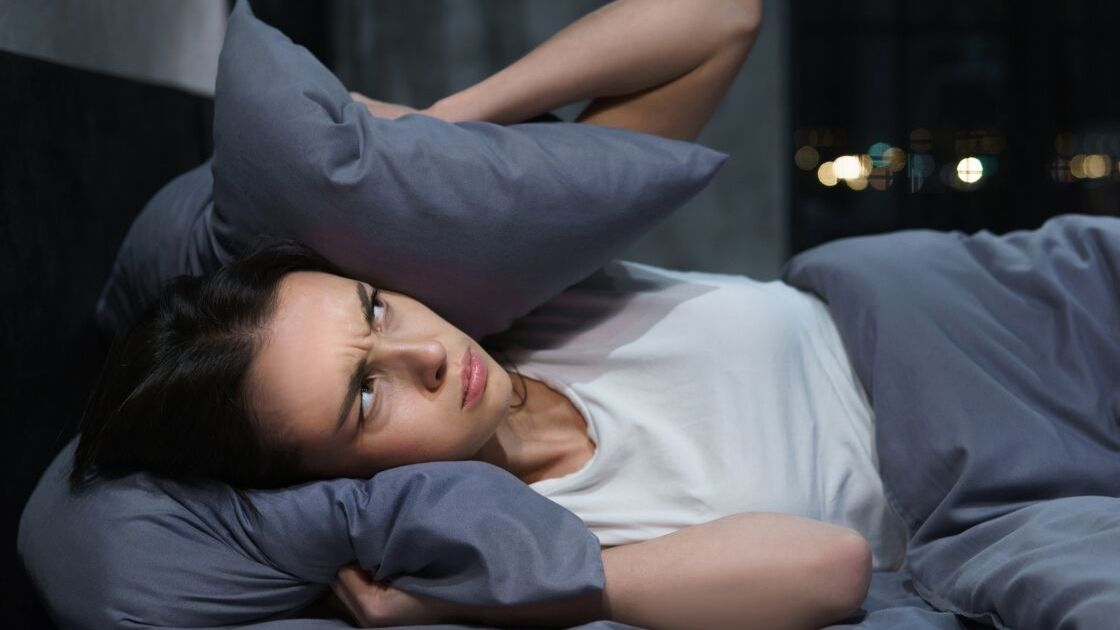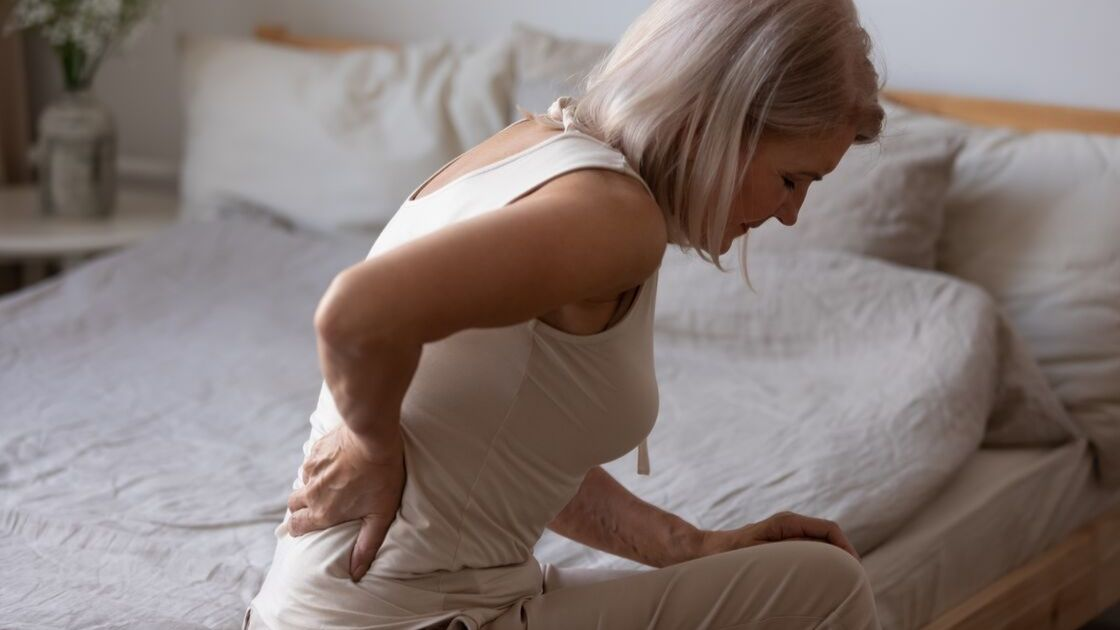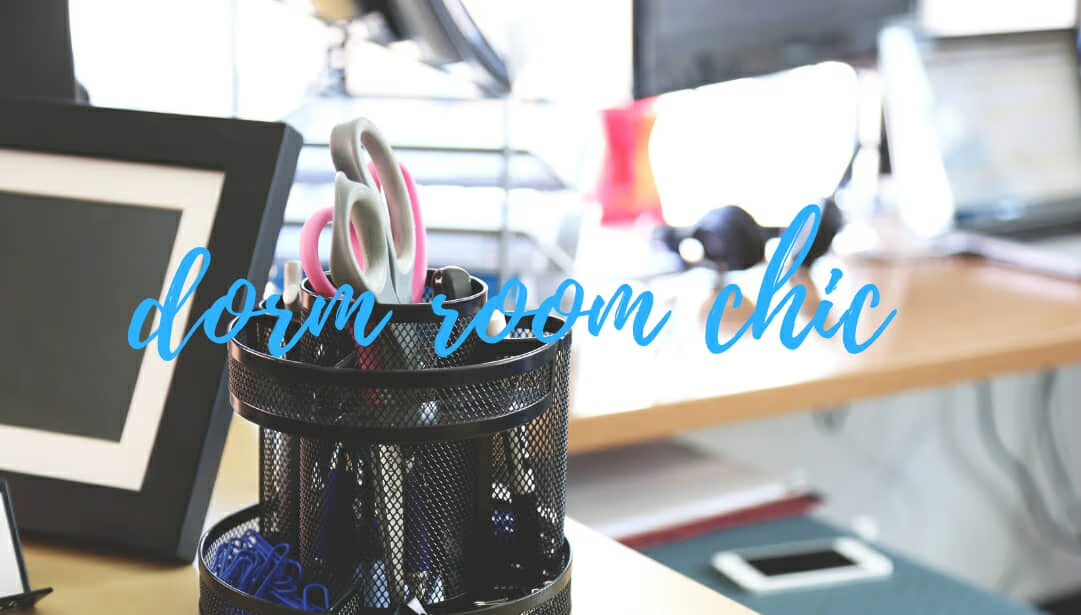Having trouble sleeping? You’ve come to the right place! With each article in our Sleep Factors series, we’ve discovered new things that can impact our ability to rest well. By understanding these factors, we can hopefully diagnose your sleep troubles and offer some tips for better sleep.
Last time, we discussed various ways that we unknowingly sabotage our own sleep. However, instead of talking about internal factors today, we’ll be talking about external ones. More specifically, our sleep environments. Read on to learn the five elements of your sleep environment and a few relevant sleep tips!
[Editor’s Note: As the third post in a four-post series, don’t forget to read Part 1, Part 2, & Part 4 here.]
5 Sleep Environment Factors (& Tips for Better Sleep)
As you know, we’re passionate about sleeping well here at WFMO. But honestly, most people don’t think too much about sleep. Why would they? It’s something we all naturally do on autopilot. It’s not like we’re awake for it. However, all of the environmental factors below are things that impact our sleep – even if we’re unconscious and don’t notice!
Light | Is Your Bedroom Too Bright?
Light pollution is a real thing. The ever-present artificial lights of the modern world are confusing to the parts of the brain that regulate your circadian rhythm. Your eyes see artificial light and your brain assumes it’s coming from the sun. “Oh, it must be daytime” your brain says. As a result, your body produces less melatonin – your body’s sleep hormone. We touched on this in our last post when discussing the importance of turning off devices at least 30 minutes before bed. Whether it’s the bright city lights or just the light from your tablet or iPhone screen, artificial light late at night can lead to trouble sleeping or trouble falling asleep.
If you’re having issues with your sleep-wake cycle, you should investigate your sleep environment. Do you fall asleep with the light on often? Do you watch TV or use a tablet, laptop or smart phone right before bed? Does outside light from a streetlight pour into your bedroom window? Make sure you turn your lights off, cut out devices before bed, close your blinds, and invest in some blackout curtains or sleep mask if necessary. The darker your bedroom, the better it is for sleep.
Sound | Is Your Bedroom Too Loud?
We understand that certain things are out of your direct control. Maybe you live off of a noisy highway. Maybe your bed-mate has a tendency to saw some serious logs. Either way, loud noises (or even moderately quiet noises) have the capability to severely disrupt your sleep.
Your body is most vulnerable to these disturbances during the first two lighter phases of sleep. However, even if the noise doesn’t completely wake you, it can stir you from your heavier sleep phases as well. According to the National Sleep Foundation, high-stress sounds can cut straight through your sleep and awaken you regardless of how deep your slumber. This can include everything from honking cars, to crying babies, to phone calls and text message notifications.
So what can we do about it? Noise-reducing tips for better sleep range from simple fixes like turning off electronics (or at least disabling text notifications on your phone), to sleeping with closed doors and windows, to wearing earplugs at night. As odd as it sounds, an alternative is to actually make more noise. Constant ambient noise that is. More and more people are turning to white noise machines (also known as sound machines) to help mask louder noises in their sleep environment. It’s amazing what listening to the sounds of a soft rain shower all night can do for your sleep!
Temperature | Is Your Bedroom Too Hot?
We’ve already established that without artificial light, the setting sun triggers the brain to start preparing for sleep. Did you know that the same thing happens with dropping temperatures? As the temperature drops, your body’s production of melatonin increases and makes you drowsy. At least, that’s how it’s supposed to work. However, central heating and air conditioning can confuse your body’s natural rhythms just as much as artificial light can. Your trouble sleeping could simply be the result of a hot bedroom! According to sleep experts, it is recommended to keep your bedroom between 60° and 68° Fahrenheit for optimal sleep.
But what if keeping the bedroom under 68°F isn’t feasible? Obviously, cooling your bedroom in the dead heat of Georgia summer isn’t exactly cheap. So here are a few alternatives to help keep cool at night if you don’t want to crank down your thermostat. As the old adage goes, “if you can’t lower the water, raise the bridge”. The ceiling fan is a tried-and-true method with several other sleep benefits, like providing ambient noise and circulating stuffy air. Sleeping with fewer clothes on or with your hands and feet uncovered are other solutions that will help your body regulate its own core temperature as you rest. Yet another tip would be to invest in cooling gel memory foam mattresses or mattress toppers.
Of course, our favorite cool sleeping solution at WFMO is the TEMPUR-LUXEbreeze mattress, which feels a staggering 8 degrees cooler throughout the night compared to a regular TEMPUR material mattress! For tips for better sleep and even more reasons to sleep in a cold room, check out this thorough article from SleepAdvisor.org.
Air Quality | How is Your Bedroom’s Air Quality?
Of the factors on this list, air quality is the one that usually goes unnoticed. Much like sleep itself, breathing is something we do naturally without thinking. As a result, we don’t pay much attention to the air quality in our bedrooms. However, if you’re having trouble sleeping, your air quality is worth investigating! As we mentioned above, room temperature is absolutely a factor. But so are air circulation, humidity and airborne particles like dust or pet dander.
Too high of humidity in your home can lead to harmful mold or bacteria growth, while too low of humidity can cause coughing, dry sinuses, nosebleeds and other respiratory symptoms. Dust and dander can trigger asthma or allergies, and can cause congestion. Also, keep in mind that in enclosed environments (like your home), your exhaled CO² can build up over time. Since your body thrives on O² (oxygen), inhaling excessive amounts of CO² (carbon dioxide) can lead to a host of medical problems.
Fortunately, our tips for better sleep relating to air quality are quite straightforward. Regular dusting and vacuuming is important for managing dust and dander, but having a quality air purifier in the bedroom is a huge bonus. Also, for less than $10, you can purchase a hygrometer to see the humidity of your home. Both humidifiers and dehumidifiers have never been cheaper if you find the humidity in your bedroom is too high or too low. Lastly, sleeping with a ceiling fan on can circulate the air and keep CO² from building up in one place overnight. We also recommend houseplants for your bedroom since plants “breathe” carbon dioxide and “exhale” oxygen. They’re basically nature’s air purifiers. If you want to take things even further, NASA researched this list of air-purifying plants for use on spaceships and space stations!
Sleeping Surface | Mattresses, Pillows, Sheets & More
Finally, the last part of the sleep environment that can cause trouble sleeping is your sleeping surface itself. Lumpy or sagging mattresses. Broken bed slats or old box springs that don’t offer enough support. Musty mattress pads or covers. Worn out pillows, long overdue for replacement. As we discussed in our post “Why Pillows Matter”, old pillows and mattresses can be full of excess oils from your skin, dead skin cells, allergens, dust, mites, or even mold and fungus. A poor sleeping surface can cause tons of sleep problems including stiff joints, backaches, allergies, breathing problems and much more.
Any of these things can ruin a perfectly good night’s sleep. You owe it to yourself to go through the list above and see if any of these things are impacting your own sleep environment. The good news? If so, Woodstock Furniture & Mattress Outlet and Woodstock Mattress Outlet have solutions for all of the above issues!
Trouble Sleeping in Metro Atlanta? WFMO can help.
That wraps up this edition of our Sleep Factors series!
As always, we’d like to invite you to swing by any of our six North Georgia WFMO and Woodstock Mattress Outlet locations – Woodstock/Acworth, Dallas/Hiram, Rome, Canton, Kennesaw and Douglasville. If you’re having trouble sleeping, our no-nonsense experts would love to help in any way they can! Woodstock Furniture & Mattress Outlet has the “sleep vehicles” to carry you off to a wonderful night’s rest.
Coming Soon!
Speaking of “vehicles for sleep”, stay tuned for the final installment of our Sleep Factors series to hear how our mattresses and sleep products can help address different sleep disorders. But first, stop by the WFMO blog soon for something we’ve never done before. We hope you’ll join us as we respond directly to questions and comments from you, our customers!












